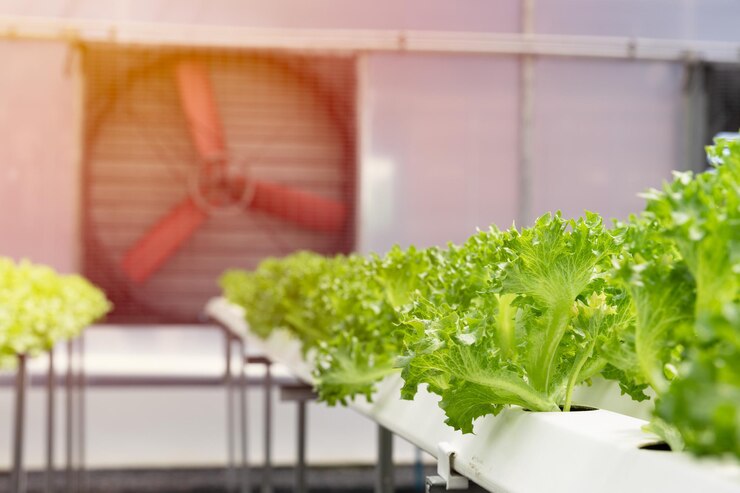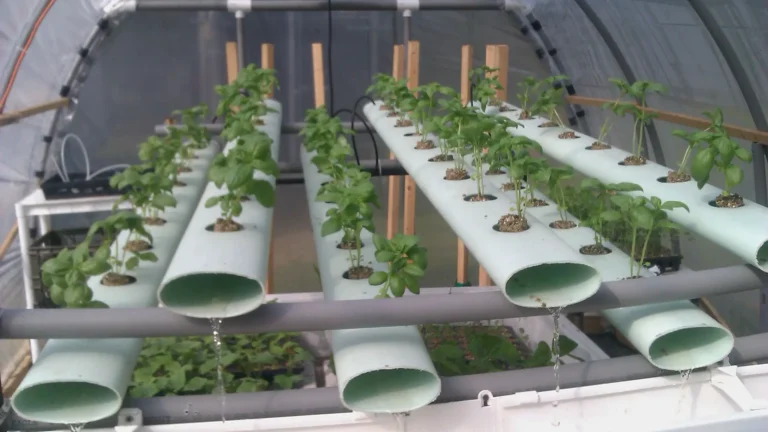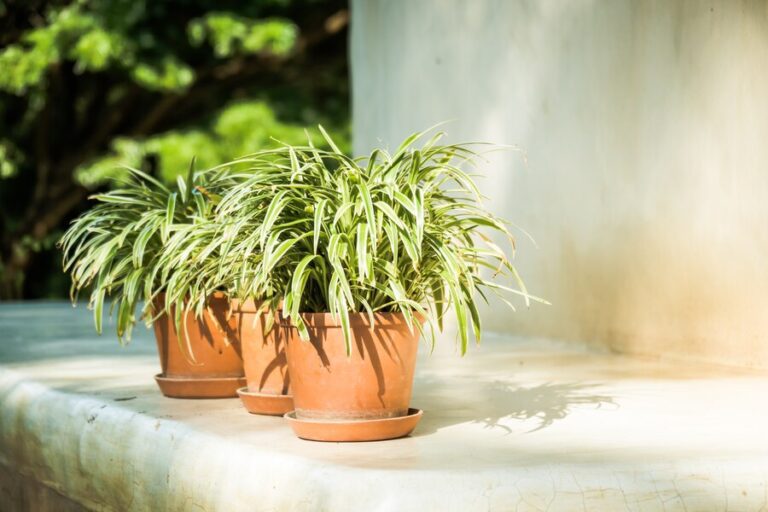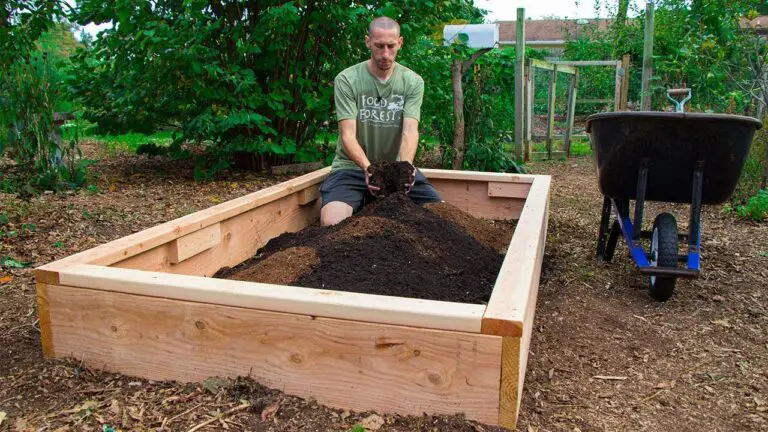How to Choose the Right Fan for Your Hydroponic Grow Room: A Step-by-Step Guide
Considering the Noise Levels and Vibration Control Features of Fans for Hydroponic Grow Rooms
Noise levels and vibration control are crucial factors to consider when choosing fans for hydroponic grow rooms. Excessive noise can be not only distracting but also detrimental to the overall health and growth of the plants. The constant humming and buzzing can disrupt the delicate balance of the grow room environment, causing stress to the plants and impeding their development. Additionally, excessive vibrations can create unwanted movement, potentially damaging the plants or dislodging essential equipment.
To address these concerns, it is essential to select fans that are specifically designed with noise reduction features. Many manufacturers offer fans with built-in silencers or noise dampening technology, which help minimize the noise generated by the air circulation system. These fans often feature insulated housings and specialized blades that reduce turbulence, resulting in quieter operation. By choosing fans with noise control features, growers can create a more serene and peaceful grow room environment, allowing their plants to thrive undisturbed.
• Fans with built-in silencers or noise dampening technology are ideal for hydroponic grow rooms.
• Insulated housings and specialized blades reduce turbulence and minimize noise.
• Choosing fans with noise control features creates a serene and peaceful environment for plants to thrive undisturbed.

Evaluating the Durability and Longevity of Fans for Hydroponic Grow Rooms
Fans play a crucial role in maintaining the optimal environment for hydroponic grow rooms, ensuring healthy growth and maximum yield. When it comes to selecting fans for these specific environments, durability and longevity are key factors that cannot be overlooked. Investing in fans that can withstand the demands of continuous operation and harsh conditions is essential for long-term success in hydroponic gardening.
Durability is the ability of a fan to withstand wear, stress, and damage over time. It is important to choose fans that are made from high-quality materials and built to endure the unique challenges faced in a hydroponic grow room. Factors such as moisture, temperature fluctuations, and exposure to chemicals and fertilizers can significantly impact the lifespan of a fan. Therefore, opting for fans with corrosion-resistant coatings and components is highly recommended.
In addition to durability, longevity is equally important in ensuring the efficiency of fans in hydroponic grow rooms. Long-lasting fans not only save you the cost and hassle of frequent replacements but also provide consistent airflow and ventilation throughout the entire cultivation process. To evaluate the longevity of a fan, factors such as motor quality, bearing type, and overall construction must be considered. Fans equipped with high-quality motors and sealed ball bearings tend to have a longer lifespan and require less maintenance.
When it comes to evaluating the durability and longevity of fans for hydroponic grow rooms, it is crucial to consider the specific demands of the environment. By investing in fans that are built to withstand the challenges of continuous operation, moisture, and chemical exposure, hydroponic gardeners can ensure a stable and efficient airflow system that contributes to the overall success of their crops.
• Durability is crucial for fans in hydroponic grow rooms
• Fans should be made from high-quality materials to withstand wear and damage over time
• Moisture, temperature fluctuations, and exposure to chemicals can impact the lifespan of a fan
• Opting for fans with corrosion-resistant coatings and components is recommended
• Longevity is equally important for efficient airflow and ventilation in hydroponic grow rooms
• Factors such as motor quality, bearing type, and overall construction affect the longevity of a fan
• Fans with high-quality motors and sealed ball bearings tend to have a longer lifespan
• Less maintenance is required for fans with better durability and longevity
• Considering the specific demands of the environment is essential when evaluating fans’ durability and longevity in hydroponic grow rooms
• Investing in durable fans ensures stable and efficient airflow system contributing to crop success.
Watch the video to know more about how to setup a fan in your grow room.
When it comes to setting up a hydroponic grow room, it is crucial to consider the noise levels and vibration control features of the fans used in the system. The constant whirring of fans can not only cause discomfort but also disrupt the overall environment for the plants. High noise levels can hinder the growth and development of plants by interfering with their natural processes, such as photosynthesis and transpiration.
In addition to noise levels, vibration control is equally important in a hydroponic grow room. Excessive vibrations can negatively impact the delicate root systems of plants, affecting their nutrient uptake and overall health. Vibrations can also disrupt the growth medium and cause uneven distribution of water and nutrients, leading to inconsistent plant growth. Therefore, it is essential to invest in fans that are specifically designed to minimize noise levels and vibrations, creating a more conducive environment for plant growth in a hydroponic system.
• When setting up a hydroponic grow room, it is important to consider the noise levels of fans used in the system.
• The constant whirring of fans can cause discomfort and disrupt the overall environment for plants.
• High noise levels can interfere with natural processes like photosynthesis and transpiration, hindering plant growth and development.
• Vibration control is equally important in a hydroponic grow room.
• Excessive vibrations can negatively impact delicate root systems, affecting nutrient uptake and overall plant health.
• Vibrations can also disrupt the growth medium, leading to inconsistent plant growth due to uneven distribution of water and nutrients.
• Investing in fans specifically designed to minimize noise levels and vibrations creates a more conducive environment for plant growth in a hydroponic system.
What is the recommended noise level for fans in hydroponic grow rooms?
The recommended noise level for fans in hydroponic grow rooms is below 60 decibels to minimize any disturbance to the plants and maintain a peaceful growing environment.
How can I control the vibration of fans in my hydroponic grow room?
To control the vibration of fans in your hydroponic grow room, you can use rubber or foam pads to absorb the vibrations and prevent them from transferring to the surrounding surfaces.
Are there fans specifically designed for hydroponic grow rooms that offer noise reduction and vibration control features?
Yes, there are fans specifically designed for hydroponic grow rooms that offer noise reduction and vibration control features. These fans are engineered to operate quietly and minimize vibrations for an optimal growing environment.
What factors should I consider when evaluating the durability of fans for hydroponic grow rooms?
When evaluating the durability of fans for hydroponic grow rooms, factors to consider include the materials used in construction, the fan’s resistance to moisture and humidity, and the overall build quality.
How long can I expect a fan designed for hydroponic grow rooms to last?
The longevity of a fan designed for hydroponic grow rooms can vary depending on various factors such as the brand, quality of construction, and maintenance. However, a well-built fan can typically last for several years with proper care and regular maintenance.
Are there any specific maintenance requirements for fans in hydroponic grow rooms?
While maintenance requirements may vary depending on the specific fan model, regular cleaning and dust removal from the fan blades and motor are generally recommended. Additionally, lubricating the fan’s moving parts, if necessary, can help prolong its lifespan.
Can I use regular household fans in my hydroponic grow room?
While it is possible to use regular household fans in a hydroponic grow room, it is generally recommended to use fans specifically designed for this purpose. Hydroponic grow room fans are built to withstand the unique environmental conditions and provide optimal airflow for plant growth.
Is it necessary to invest in fans with noise reduction and vibration control features for a hydroponic grow room?
While not absolutely necessary, investing in fans with noise reduction and vibration control features can significantly improve the overall growing environment. These features help maintain a quieter and more stable environment, which can positively impact plant growth and minimize stress.
Can fans in hydroponic grow rooms affect plant growth?
Yes, fans in hydroponic grow rooms can positively affect plant growth. Proper air circulation provided by fans helps strengthen plant stems, prevents the growth of mold and mildew, and enhances the exchange of carbon dioxide and oxygen for improved photosynthesis.
Are there any safety precautions I should consider when using fans in my hydroponic grow room?
It is important to ensure that the fans used in hydroponic grow rooms are well-maintained, properly grounded, and placed in a safe location to prevent any potential hazards. Regularly inspecting the fan’s electrical components and cords for damage is also recommended for safety purposes.








